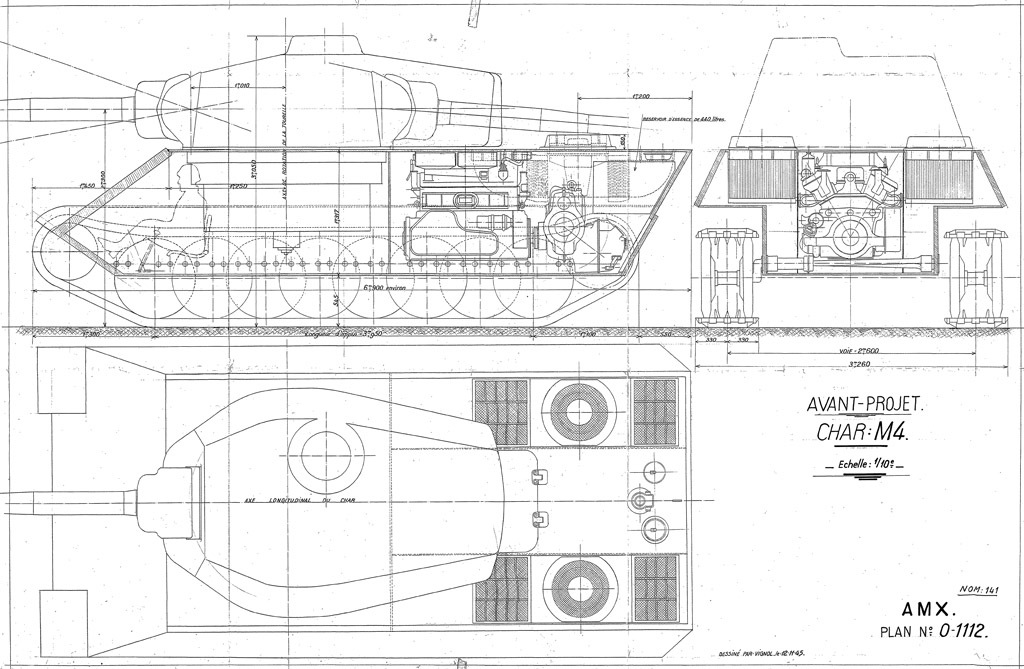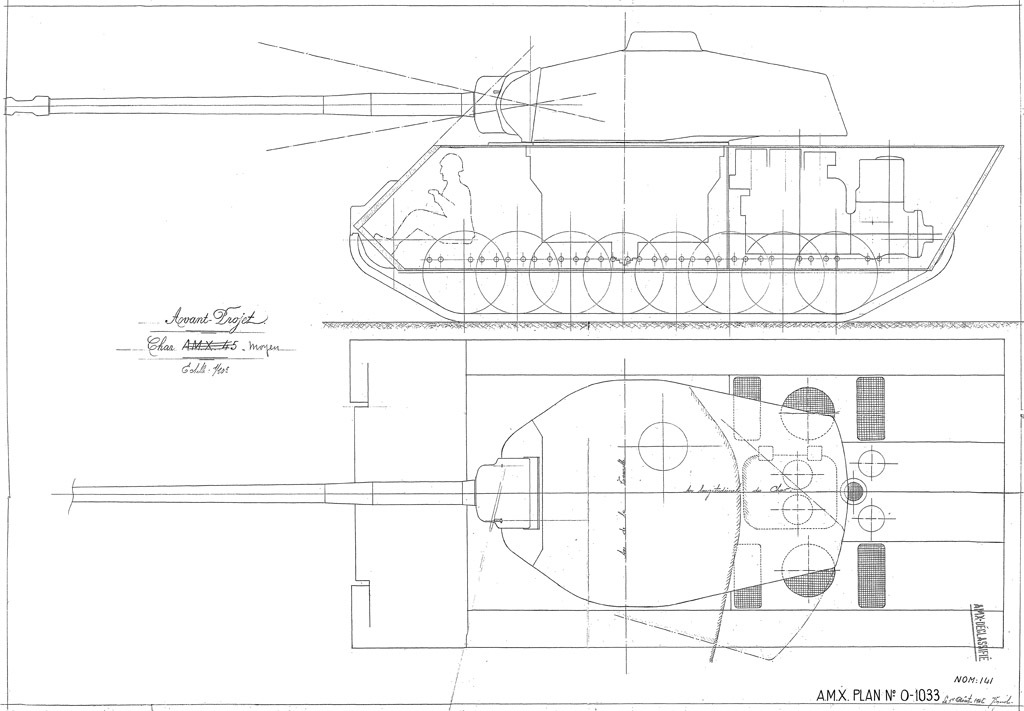This question stemmed from a more, interesting one, that being, what if France continued Tiger and Panther production post war instead of going with the ARL 44 or the AMX M4 1945?
Obviously it would have been quite complicated given that they (or as far as I know) were not in possession of any German tank factories compared to the British, Americans or the Soviets. As such, that lead to this post's title and question.
Would it have been possible for the French to have a different occupation zone? Perhaps getting North Rhine-Westphalia instead of South Baden and Württemberg-Hohenzollern? With Hesse going to the British instead of the Americans?
North Rhine-Westphalia offers a better chance for the French to continue the production of German vehicles than the OTL territories given that DEMAG was producing Panthers in Duisburg, Krupp Tiger IIs in Essen and D.H.H.V in Dortmund. However, in this case (exchanging South Baden and Württemberg-Hohenzollern for North Rhine-Westphalia) the French will not have access to the ZF (transmission) and Maybach (engines) factories, however, I believe setting those up would be easier than to set up the production of the tanks' hull and turret.
In the case of continued Panther and Tiger production, do you see them replaced by the mid 1950s like in OTL with the French Panthers? (As they ran out of spare parts) Or upgraded to remain competitive with newer Soviet (and American/British) tanks, if so, how would they look? - I could see the Panther receiving the heavy duty ZF transmission like some Jagdpanthers did, an autoloader, rangefinder, stabilizer and a better engine? As for the Tiger II, maybe the 100 mm cannon of the AMX 50 and later the 105 CN 105 F1?
(Would be funny if they were sold to Israel instead of the AMX 13...)
Obviously it would have been quite complicated given that they (or as far as I know) were not in possession of any German tank factories compared to the British, Americans or the Soviets. As such, that lead to this post's title and question.
Would it have been possible for the French to have a different occupation zone? Perhaps getting North Rhine-Westphalia instead of South Baden and Württemberg-Hohenzollern? With Hesse going to the British instead of the Americans?
North Rhine-Westphalia offers a better chance for the French to continue the production of German vehicles than the OTL territories given that DEMAG was producing Panthers in Duisburg, Krupp Tiger IIs in Essen and D.H.H.V in Dortmund. However, in this case (exchanging South Baden and Württemberg-Hohenzollern for North Rhine-Westphalia) the French will not have access to the ZF (transmission) and Maybach (engines) factories, however, I believe setting those up would be easier than to set up the production of the tanks' hull and turret.
In the case of continued Panther and Tiger production, do you see them replaced by the mid 1950s like in OTL with the French Panthers? (As they ran out of spare parts) Or upgraded to remain competitive with newer Soviet (and American/British) tanks, if so, how would they look? - I could see the Panther receiving the heavy duty ZF transmission like some Jagdpanthers did, an autoloader, rangefinder, stabilizer and a better engine? As for the Tiger II, maybe the 100 mm cannon of the AMX 50 and later the 105 CN 105 F1?
(Would be funny if they were sold to Israel instead of the AMX 13...)


